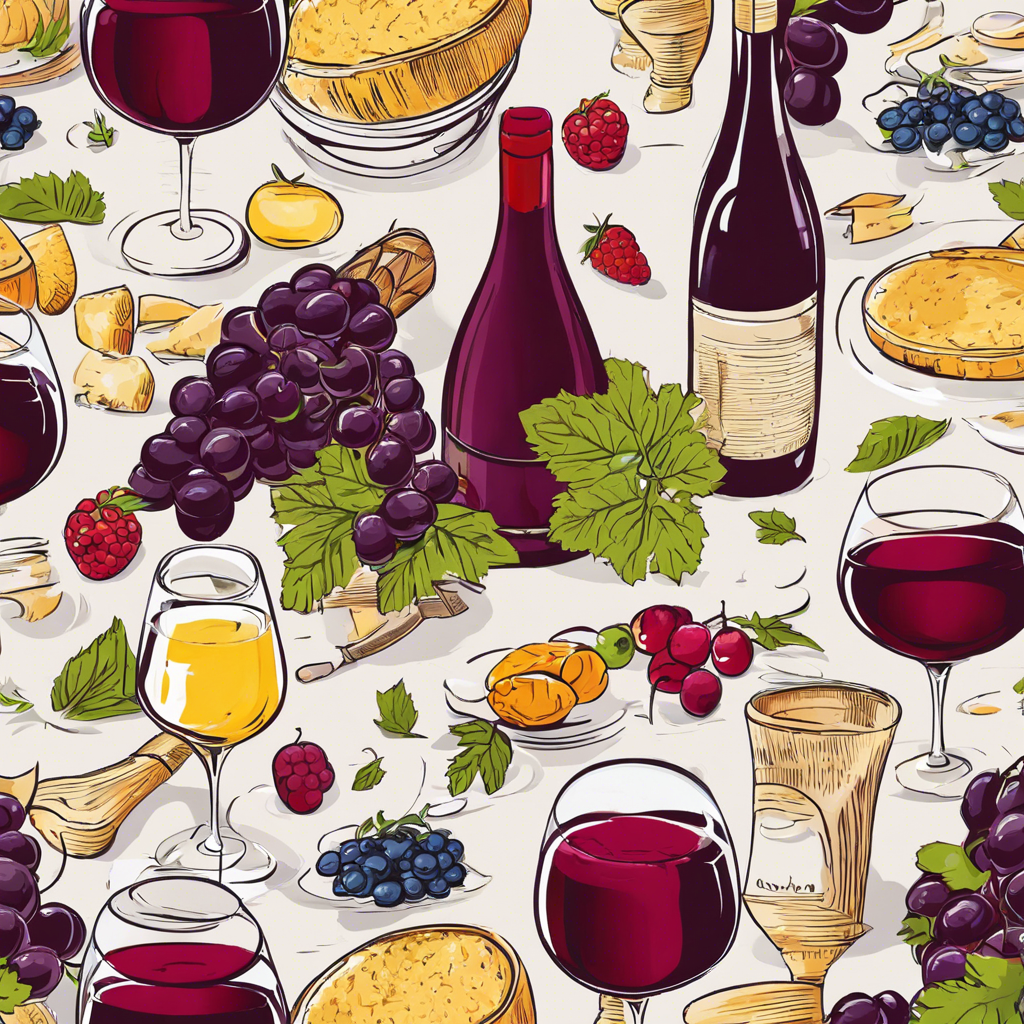Adding wine to your cooking is like weaving a subtle spell of flavors through your dish, enhancing and accentuating the ingredients. The use of wine in cuisine has a long and illustrious history, and it remains a cornerstone of classic cooking techniques, especially in French and Italian kitchens. The magic lies in the way wine, with its complex profile of flavors and aromas, can transform a simple meal into a gourmet experience.
When cooking with wine, the fundamental rule is to use a variety that you would also be happy to drink. This does not mean that you need an expensive bottle, but rather one that is pleasant to sip and complements the dish. For example, a crisp, dry white wine like a Pinot Grigio or Sauvignon Blanc can add a bright, refreshing touch to seafood or chicken dishes, while a full-bodied Chardonnay, with its oaky and buttery notes, might be perfect for a rich and creamy sauce. Reds also have their place, with bold Cabernet Sauvignons enhancing the heartiness of red meat and Pinot Noirs contributing a silky, fruity flavor to lighter dishes.
The key to success is understanding the role of wine in a recipe and how it interacts with other ingredients. Wine reduces and intensifies as it cooks, concentrating its sugars and acids, and creating a depth of flavor that is difficult to achieve with other liquids. This is why a good wine reduction forms the basis of many classic French sauces, from the rich and intricate Bordelaise to the subtle and buttery Beurre Blanc. Mastering these techniques can give any home cook a profound understanding of flavor profiles and how to create harmony on a plate.
But wine’s role in cooking goes beyond its use as an ingredient. It is also integral to the dining experience when paired correctly with the meal. A well-chosen wine can elevate a dish, highlighting specific flavors and creating a symphony of tastes. For instance, the crisp acidity of a white wine can cut through the richness of creamy pasta carbonara, while the fruity notes of a light red can accentuate the flavors of a herb-crusted rack of lamb.
Regional pairings can also offer a wonderful culinary journey, such as a Chianti Classico with a Tuscan stew or a Bordeaux blend with a classic French coq au vin. These combinations showcase how the local cuisine and wines have evolved together, creating a taste of the region’s unique terroir.
In modern cooking, where fusion and innovation play a significant role, cooking with wine offers a traditional backdrop from which to innovate and experiment. Playing with different varietals, from sparkling wines to robust Shiraz, can lead to exciting and unexpected flavor combinations.
Whether you are a seasoned home cook or a novice wanting to explore the world of flavors, cooking with wine opens up a realm of possibilities. It invites culinary creativity, encouraging experimentation with different varietals and styles to craft unique, memorable dishes.
The interplay of wine and food is a fascinating subject, and delving into it can enrich your culinary repertoire. From enhancing flavors in the kitchen to selecting the perfect bottle for your dinner table, there is much to discover and savor.
So, the next time you reach for that bottle of wine, consider how it might not only complement your meal but also become a key ingredient, adding a layer of complexity and a touch of culinary magic.
